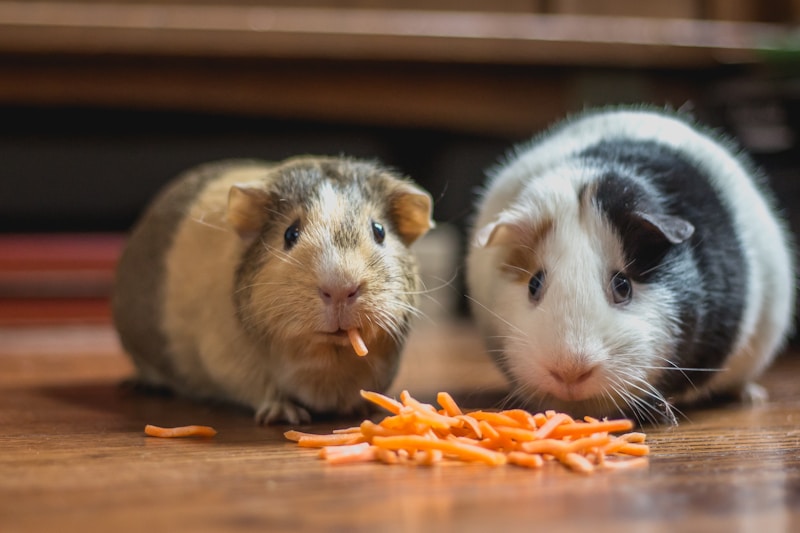Changing your pet’s diet isn’t as simple as swapping one food bowl for another. Whether you’re switching brands, formulas, or transitioning from dry to wet food (or vice versa), doing it gradually and thoughtfully is key to maintaining your pet’s digestive health. Abrupt dietary changes can lead to stomach upset, diarrhea, and food refusal. This article will guide you through the process of safely transitioning your pet to a new food, ensuring their health and happiness during the change.
Why You Might Need to Change Your Pet’s Food
There are several reasons why you might need to transition your pet to a new food:
-
Age: Puppies and kittens require different nutrition than adult or senior pets.
-
Health conditions: Some pets develop food allergies or health issues requiring a specialized diet.
-
Availability: Your usual brand or formula might be discontinued or unavailable.
-
Lifestyle or weight changes: Pets that gain or lose weight, or become more or less active, might need different calorie levels or nutrients.
-
Improving nutrition: You may find a higher-quality or more appropriate food for your pet’s breed, size, or health needs.
Regardless of the reason, it’s essential to approach the change with care.
The Gradual Transition Timeline
Veterinarians recommend transitioning your pet to a new food over a 7–10 day period. This slow switch gives your pet’s digestive systems time to adjust and minimizes the risk of gastrointestinal upset.
Here’s a sample transition schedule:
-
Days 1–2: 75% old food, 25% new food
-
Days 3–4: 50% old food, 50% new food
-
Days 5–6: 25% old food, 75% new food
-
Day 7 and beyond: 100% new food
If your pet shows signs of stomach upset, such as vomiting, loose stools, or a loss of appetite, slow the process down. In some cases, it might take up to two weeks or more, especially for sensitive pets.
Signs of a Successful (or Problematic) Transition
Monitoring your pet during the transition is crucial. Positive signs that your pet is adjusting well include:
-
Normal stool consistency
-
Regular appetite
-
Normal energy levels
-
No vomiting or excessive gas
On the other hand, warning signs that your pet might not be tolerating the new food well include:
-
Diarrhea or soft stool
-
Vomiting
-
Loss of appetite
-
Lethargy
-
Excessive scratching (in case of food allergies)
If any of these symptoms persist beyond a day or two, or seem severe, consult your veterinarian. It’s possible your pet may have a food intolerance or allergy to an ingredient in the new diet.
Tips for a Smooth Food Transition
There are a few additional strategies to help make the transition easier for both you and your pet:
-
Stick to feeding routines: Keep mealtimes consistent to reduce stress and improve digestion.
-
Avoid adding treats during the transition: This makes it easier to identify if the new food is causing problems.
-
Ensure proper hydration: Always provide fresh water, especially if switching from wet to dry food.
-
Mix thoroughly: Make sure old and new foods are evenly combined to avoid your pet picking out favorites.
-
Warm wet food slightly: If switching to wet food, warming it a little (not hot) can make it more palatable.
Be patient and positive. Some pets are picky eaters and may take longer to accept the new food. Don’t try to “force” the switch too quickly, and resist the urge to offer a completely different food just because they hesitate at first.
Transitioning your pet to a new food doesn’t have to be stressful or difficult. By understanding your pet’s nutritional needs, sticking to a slow and steady transition timeline, watching for any warning signs, and keeping feeding routines consistent, you can help your furry friend enjoy their new diet without any health hiccups. Always keep your veterinarian in the loop—especially if your pet has preexisting conditions or is particularly sensitive to dietary changes. With care and patience, you’ll have your pet happily eating their new food in no time.

